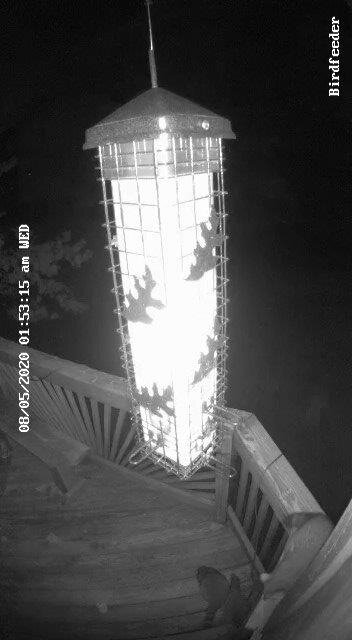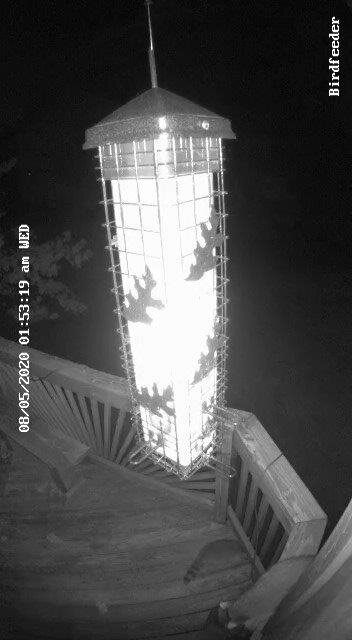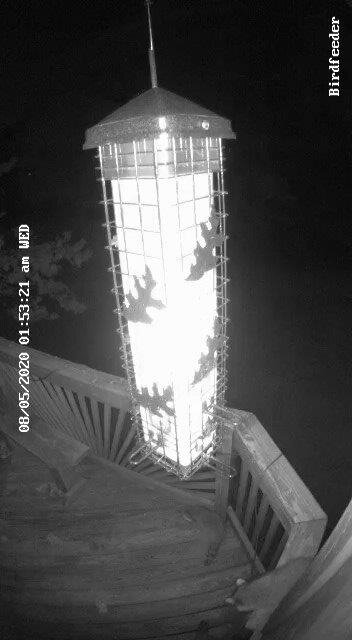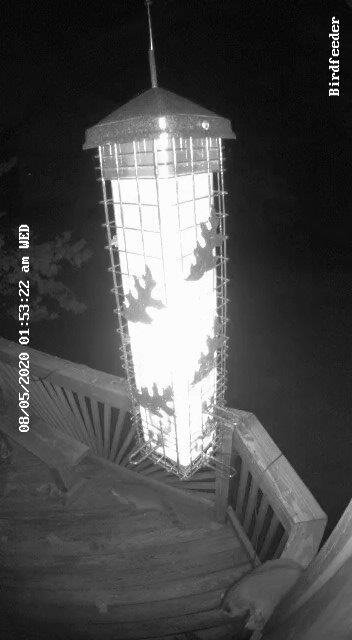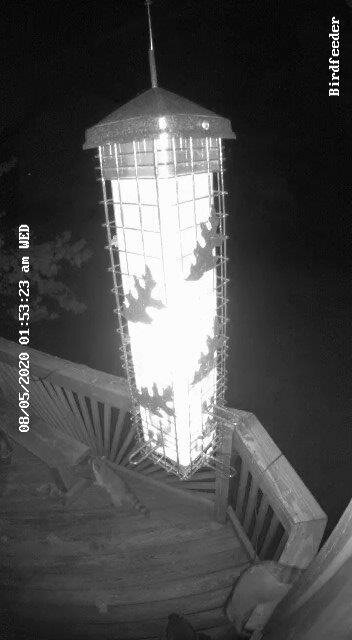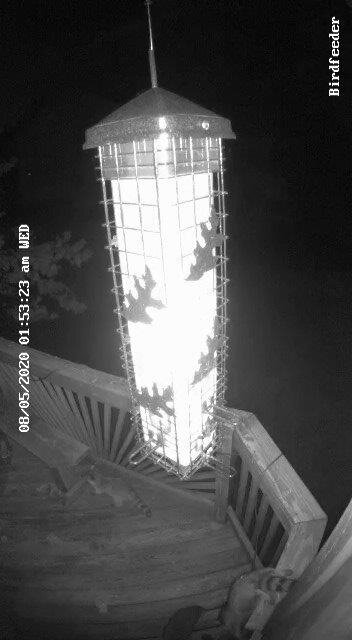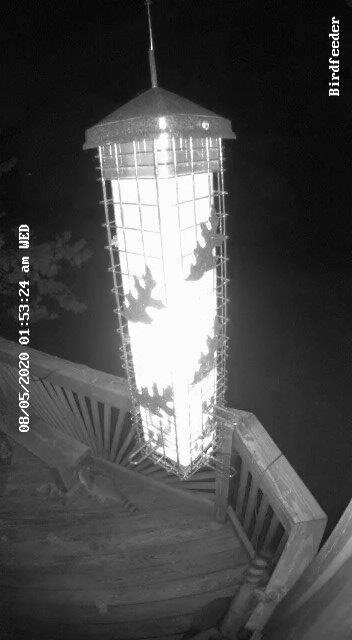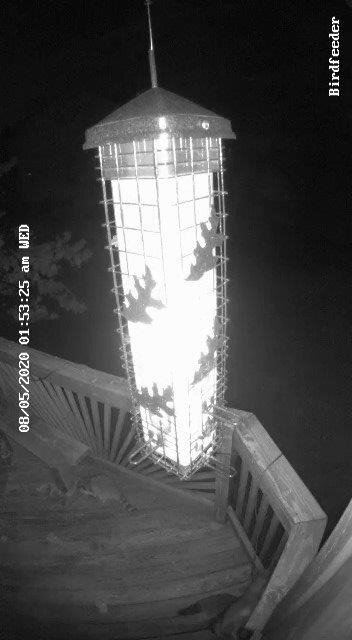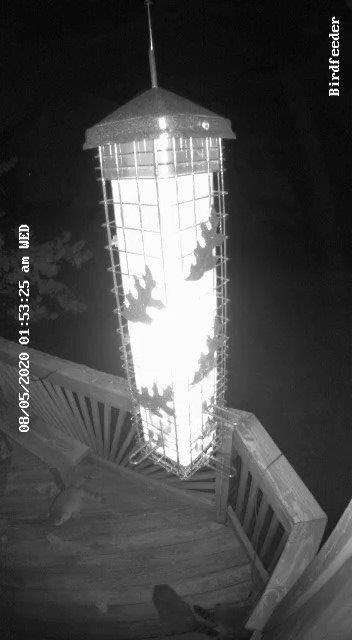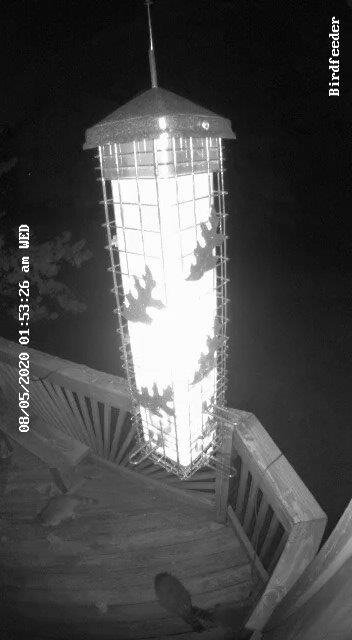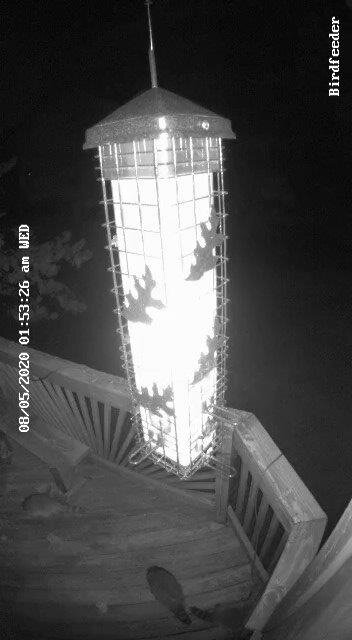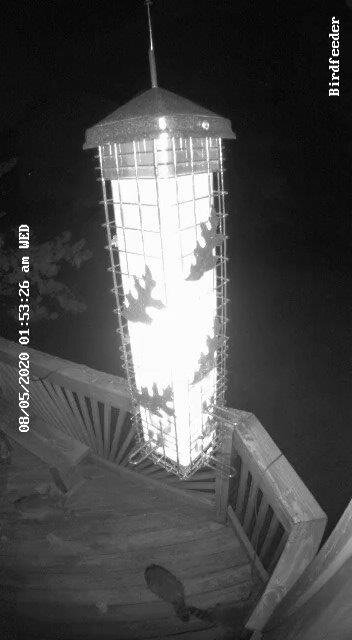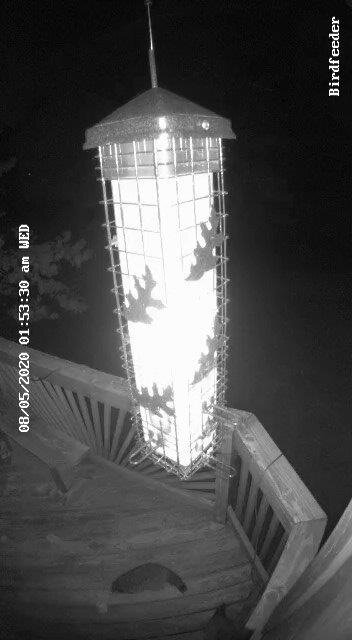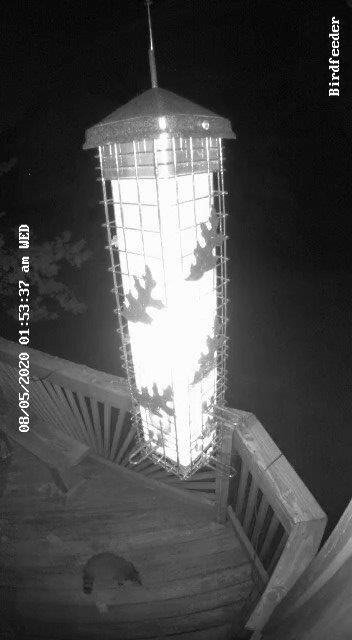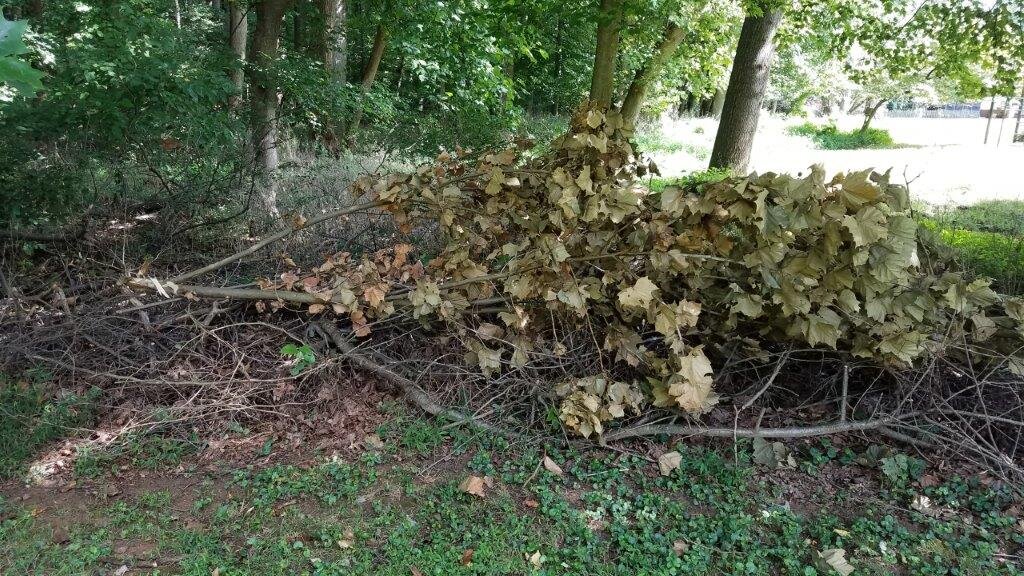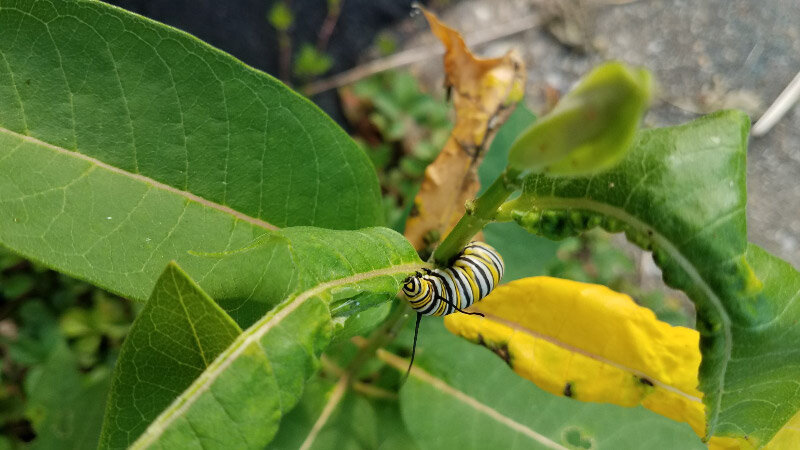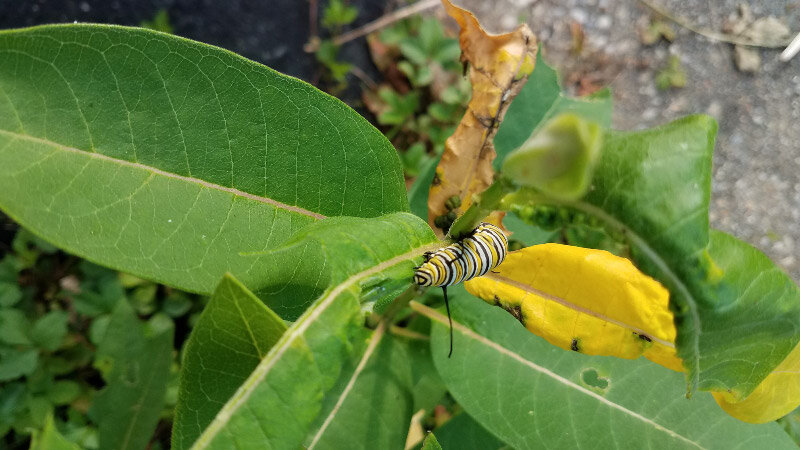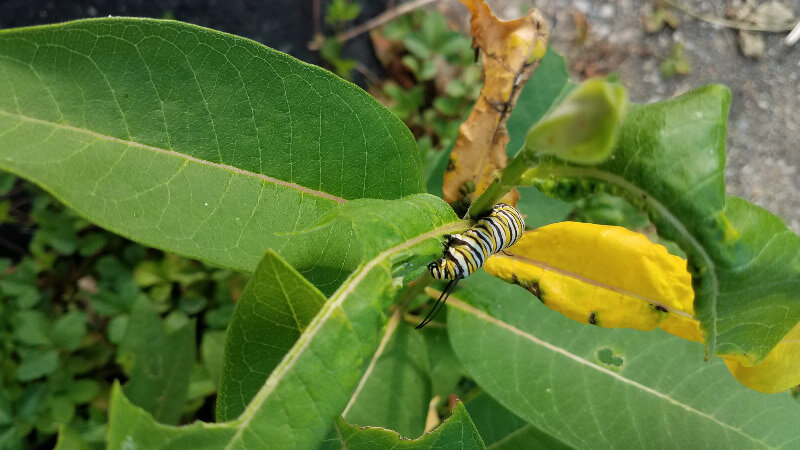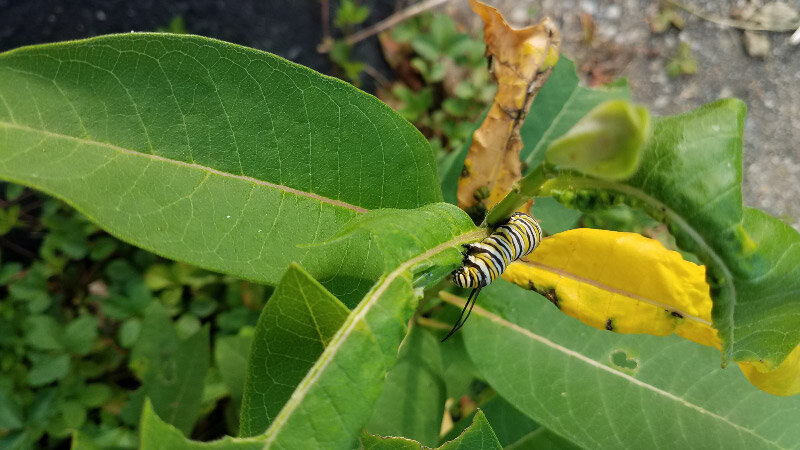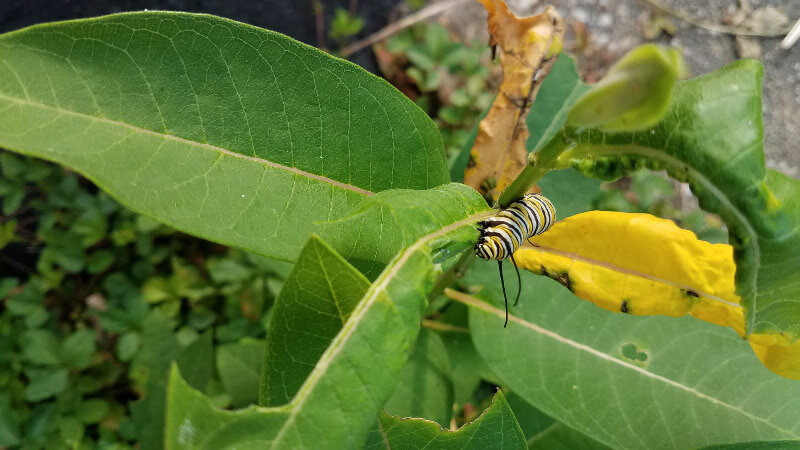Gleanings of the Week Ending January 2, 2021
/The items below were ‘the cream’ of the articles and websites I found this past week. Click on the light green text to look at the article.
2020 Year In Review: Top Stories From Around The National Park System – Issues discussed in the post: COVID-19, Great American Outdoors Act, border wall, invasive species, wildlife issues, climate change, crowding in the parks, wildfires.
New Discoveries in Human Anatomy | The Scientist Magazine® - So much study of human anatomy over the years….and there are still new discoveries.
50 Satellite Images from 50 Years of NOAA | NOAA National Environmental Satellite, Data, and Information Service (NESDIS) – Visuals from NOAA – beauty, science, education….so much has happened over the 50 years of NOAA’s existence.
2020 Year In Review: Parks, A Pandemic, And Photography – Lots to see in the National Parks…I hope to be able to get out and see some in-person before the end of 2021.
Top 25 birds of the week: Birding! – Wild Bird Revolution - And I want to travel to some birding festivals too!
Recycled concrete could be a sustainable way to keep rubble out of landfill: Can even outperform traditional construction, says researcher – ScienceDaily – A Canadian study…seems like the results should be pertinent to the US too. The research indicates that “recycled concrete can be a 100% substitute for non-structural applications”….and might also be a substitute within more structural applications as well if innovations in the composition of recycled concrete continue.
Top 10 States For Renewable Energy, & Their Renewable Energy Splits - Interesting mix of states on the list with quite a difference in the amount of hydro, wind, solar, geothermal, and biomass among the top 10. California is the only one with all 5. But there are 5 states that have 4 of the 5.
Scientists reverse age-related vision loss, eye damage from glaucoma in mice – ScienceDaily – Hopefully this research will translate into treatment for people.
Take a Virtual Tour of the World’s Largest Circular Tomb, Augustus’ Mausoleum | Smart News | Smithsonian Magazine – The virtual tour takes a little bit to load….but is worth it. Note that the ‘chapters’ are along the bottom of the screen.
Desalination breakthrough could lead to cheaper water filtration – ScienceDaily – Increasing efficiency of reverse osmosis filters by beginning to better understand how they work. This is something that will be more important as climate change and our own production of pollutants makes obtaining clean water more challenging.
--
The sunrise on the 1st day of 2021 was blocked by clouds but the one on the 31st was good. I took a picture of it that included a large electrical transmission tower and some birds making some morning moves!


